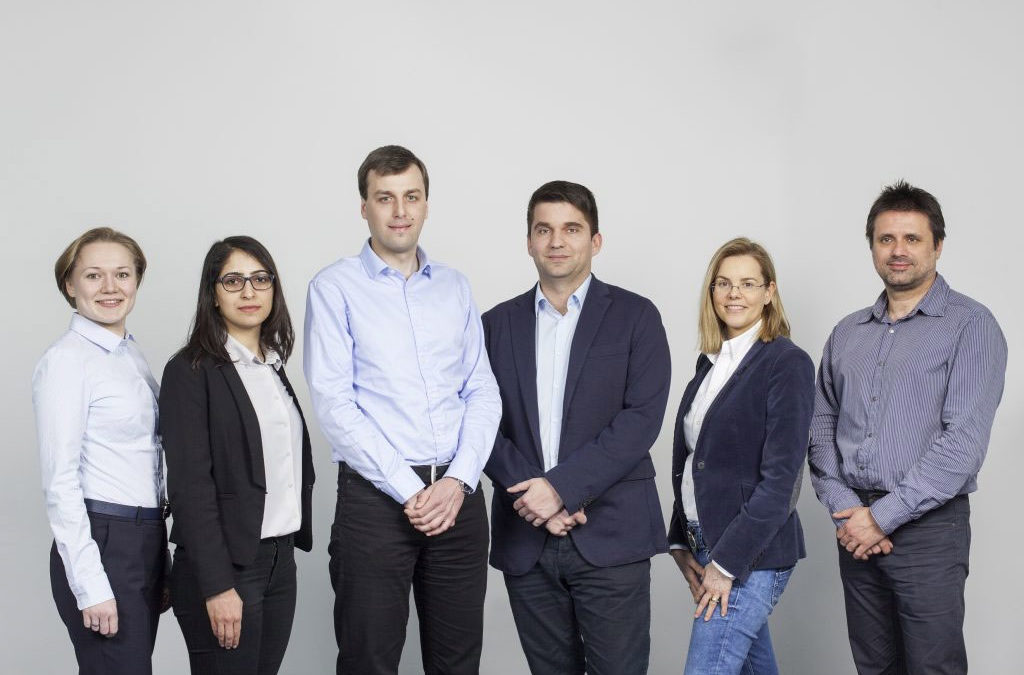After completing its first project with a Christian Doppler Laboratory (CDL) at the end of 2016, LieberLieber is now continuing this commitment. Together they seek ways to transform live data streams directly into models within the framework of industry 4.0.
After gaining valuable experience in the handling of machine languages found in widespread use in industry applications during an initial cooperation, LieberLieber is making new strides with the new “CDL for Model-Integrated Intelligent Production” (CDL-MINT). “In industry 4.0 scenarios, huge amounts of data are constantly being collected and then subsequently evaluated and implemented for the further optimization of production processes. As an industrial partner, LieberLieber has a great deal of experience in dealing with such data streams and so we are now jointly taking the step of generating models from this continuously-occurring data,” explains Prof. Manuel Wimmer from the Business Informatics Group at the Institute for Software Engineering and Interactive Systems at TU Wien, who also manages the new CD lab. Peter Lieber, founder and owner of LieberLieber: “In our customer projects, such as at Vattenfall, RWE, Bosch, BMW and VW, we see on a daily basis how projects in software and systems development are becoming increasingly complex and data-intensive. This is also a major challenge for powerful modeling platforms such as Enterprise Architect, which we now want to solve together. Model-based development is therefore increasingly at the center of industry 4.0 solutions since it helps to handle the complexity and manage the flow of data in an ordered fashion.”
CDL-MINT was established with the support of the Federal Ministry for Science, Research and Business (BMWFW) as well as the two industrial partners CertiCon and LieberLieber, and opened on May 22nd, 2017.
Data, languages and storage
As in the first CDL project, the handling of special machine languages – this time in connection with the operational data – is an important part of the development work. “Since this project is the first time that a reactive model has been generated from the live data streams, the models must understand the languages in which these data are transmitted. If we can do this, then the deployment possibilities of Enterprise Architect would expand considerably,” Wimmer explains. In this case, the models could be used to monitor the systems, to understand complex system behavior or to validate model assumptions through empirical data.
Industry 4.0 scenarios are based on the comprehensive exchange of information between all suppliers, customers and manufacturers involved in the production process. Model-based system development solves the challenge of the resulting data streams by using a central model memory. However, the relational database used by Enterprise Architect encounters its limits with increasing amounts of data. “For a while now, we have been dealing with the issue of how to achieve more efficient storage and retrieval of large volumes of model data. In this collaboration we wish to further extend our know-how and also develop other database concepts, such as NoSQL and graphical or card-based databases,” says Lieber. The question of optimized loading and buffering mechanisms for very large models is also addressed.
Advancements built on solid experience
LieberLieber has already gained extensive experience in the industry 4.0 environment through its “Embedded Engineer” tool. The resulting technologies are a great starting point for the desired model-based monitoring and data collection. “The collaboration with CDL-MINT is based on our experience and will test concepts, technologies and platforms in order to enhance our know-how in industry 4.0 projects. We are deliberately pursuing high goals in order to show everyone that model-based software and systems development is an excellent approach for the rapid implementation of industrial 4.0 projects,” concludes Lieber.
Christian Doppler Laboratories carry out high-level application-oriented basic research, and is an environment wherein outstanding scientists cooperate with innovative companies. Its excellence in promoting such cooperation has placed the Christian Doppler Research Association in high international regard as a best-practice example. Christian Doppler laboratories are financed jointly by the public authorities and the participating companies. The most important public funding agency is the Federal Ministry of Science, Research and Business (BMWFW)

